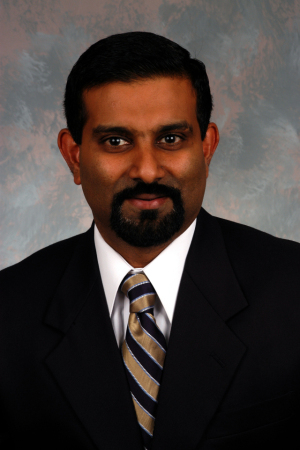From the May 2014 issue of HealthCare Business News magazine
By Vijaykumar S. Kasi, MD
Since the first human cardiac catheterization took place in the 1930s and the first coronary angioplasty was performed in 1977, the basic technique has remained the same. Despite numerous advances in technology, physicians and staff continue to be exposed to tremendous amounts of radiation due to the use of X-ray imaging systems and radiation exposure continues to be a serious issue in catheterization labs all over the world. Interventional cardiologists and cath lab staff have been exposed to inordinate amounts of radiation over the years because there have been no radical changes in C-Arm design. Apart from the direct effects of radiation exposure that result in such health issues as cancers, cataracts and thyroid injury, indirect injuries due to the use of heavy lead-lined protection equipment have resulted in orthopedic problems related to spine and joint damage. While angioplasty remains among the most frequently performed procedures in the United States, with nearly one million cases annually, the procedure has remained largely unchanged for four decades.
Within the past two years however, the cardiac catheterization lab has become the site of exciting changes with the introduction of robotic-assisted technology. At my facility, Orlando Regional Medical Center, we are using an FDA-cleared robotic-assisted technology developed by Corindus that allows interventional cardiologists to perform the procedure away from the patient bedside. While seated in a radiation-protected cockpit located nearby, the physician uses joysticks to robotically advance catheters, angioplasty balloons and stents to clear a blockage in a coronary artery and restore blood flow.
A key challenge in performing traditional Percutaneous Coronary Intervention (PCI), or coronary angioplasty procedures is the inaccurate placement of stents, which is known as a “geographic miss.” When this occurs, a second stent may need to be placed (which is typically not reimbursed by insurance companies), or a second procedure needs to be performed in the future. Robotic-assisted systems help prevent the need for second stent placements. The systems provide increased accuracy and the ability to take more precise measurements of lesions, perform sub-millimeter movements to place stents and balloons, as well as the ability to advance or retract guide wires with movements as small as a millimeter.
Performing the robotic-assisted procedure from a cockpit provides physicians with improved visualization of the displays mounted within it that appear much closer than they are during a traditional PCI procedure. It also provides increased comfort for the physician performing the procedure, which is particularly important to interventional cardiologists since we often suffer from chronic orthopedic conditions (e.g., back and neck pain) as a result of the awkward and repetitive physical positions needed to perform the procedures. Additionally, the radiation shielding provided by the cockpit virtually eliminates the radiation exposure that is inherent in interventional cardiology. In fact, clinical trials have demonstrated that physicians were exposed to 95 percent less radiation when performing procedures from a radiation-protected cockpit.
